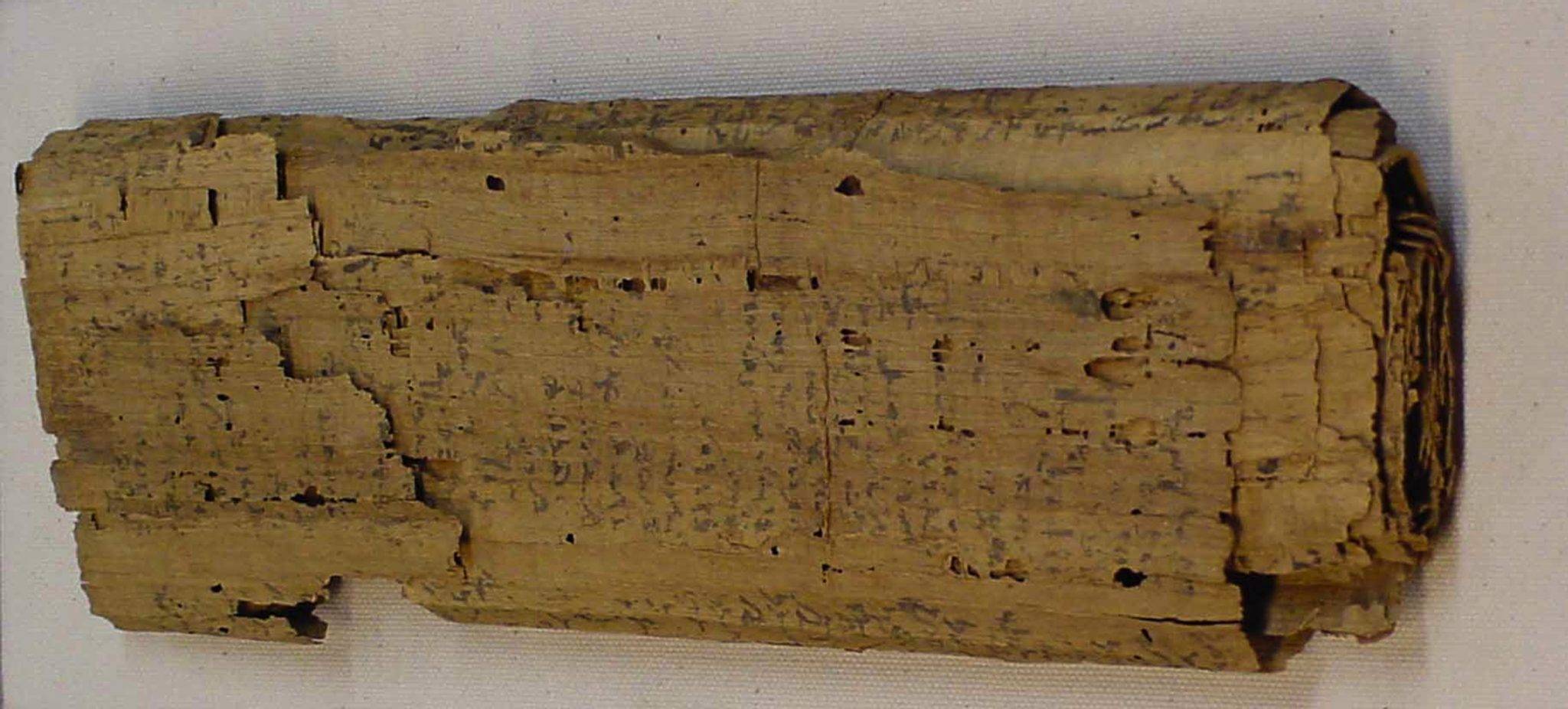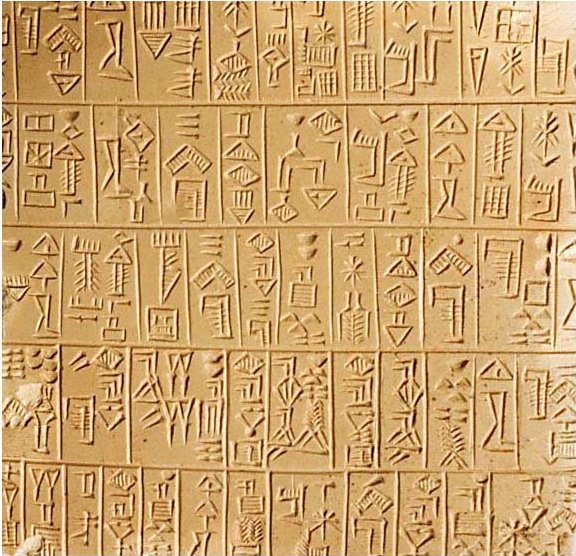
That box was placed inside a room in the middle of the Pyramid. The Egyptians believed that the soul can again enter into that body through these holes. That coffin was again kept inside a stone box named as Sarcophagus which contained small holes.

It was covered with cloth and kept inside a coffin. This preserved body of the Pharaoh was known a ‘Mummy’. So they preserved the dead body of the Pharaoh by applying chemicals in it. The people of Egypt believed that after death, the soul returns back to the body. The tomb of the Egyptian Pharaoh is known as Pyramid. The Egyptians have immortalised their name in the annals of history due to their art and architecture. It will not be wrong if the Egyptians are termed as the ‘Father of Medical science’. The physicians of Egypt also knew the use of castor oil. They could also preserve dead bodies by applying chemicals.
#PAPYRUS DEFINITION MESOPOTAMIA HOW TO#
From that translation it is known that the Egyptians knew about different diseases and also knew how to cure them. From their old library two books concerning medical science have been discovered. The Egyptians acquired deep knowledge in medical science. The oldest treatise on Mathematics ‘Ahmes Papyrus’ has been found from Egypt which speaks the high mathematical and geometrical knowledge of the ancient Egyptians. They utilised their mathematical and geometrical knowledge in building the Pyramids. They had acquired knowledge in triangle, quadrangle, square, rectangle etc. They were very efficient in addition, subtraction, multiplication and division. The ancient Egyptians exhibited their talent in the field of ‘Mathematics’ and ‘Geometry’. The Egyptian Calendar is the first recorded event of human history. Julius Caesor had adopted this Calendar Pope Gregory XIII adopted this calendar with a little modification. At the end of every year, they added 5 days more only to be spent in feast and merrymaking.

Each day was divided into 24 hours or two parts and each part consisting of 12 hours. They divided a year into 360 days and 12 months, each month consisting of 30 days. They could also know about the movement of Planets and Stars. Looking at the cloudless clear blue sky, they could predict about the solar and lunar eclipse, flood in the river Nile, time of sowing seeds etc. The ancient Egyptians were very good astronomers of their time. Their religious literature contained books like ‘The Pyramid Text’, ‘The Coffin Text’, ‘The Book of the dead’, ‘A dialogue between the disgusted Man and his soul’, ‘The Maxims of Ptahotep’ and ‘Hymn to Aton’ (written by Akhnaton). Among their prose writings, ‘The tale of two brothers’, ‘The tale of Sinuhi’, ‘The legend of the doomed prince’ and ‘The story of the ship-wrecked Sailor’ were very famous. Besides, they also reflected legends, adventures, thrilling experiences, religious thought etc. They composed literature concerning astrology, metallurgy, weaving and cooking.

The ancient Egyptians had created immortal literature. Writing was indeed a noble invention of the Egyptians. At last, pieces of Papyrus were rolled and preserved inside the earthen pots. By dipping the pen inside the ‘ink pot’ they wrote on Papyrus. They sharpened the edge of the steam of a plant and prepared ‘reed pen’. In several cases they also prepared ink by missing gum with black particles found from kitchen house or lamps. They took juice of plants and prepared ‘ink’ by mixing gum and water with it. The modem name ‘Paper’, perhaps, has been derived from the term ‘Papyrus’. In a Papyrus roll of twenty to forty feet length and five to ten inches breadth the Egyptian wrote their idea. The leaves of Papyrus tree were joined through gum and the long roll was prepared.

On the banks of Nile, a plant named ‘Papyrus’ was plentily available. Later on the Egyptians used pen and paper Paper, pen, ink and inkpot: The ‘Rosetta Stone’ preserved in the British Museum in London is its classic example. In due course of time their number was reduced and limited to 700 only. At first, the Egyptians used pictures and then they used around 2000 pictographic signs.


 0 kommentar(er)
0 kommentar(er)
